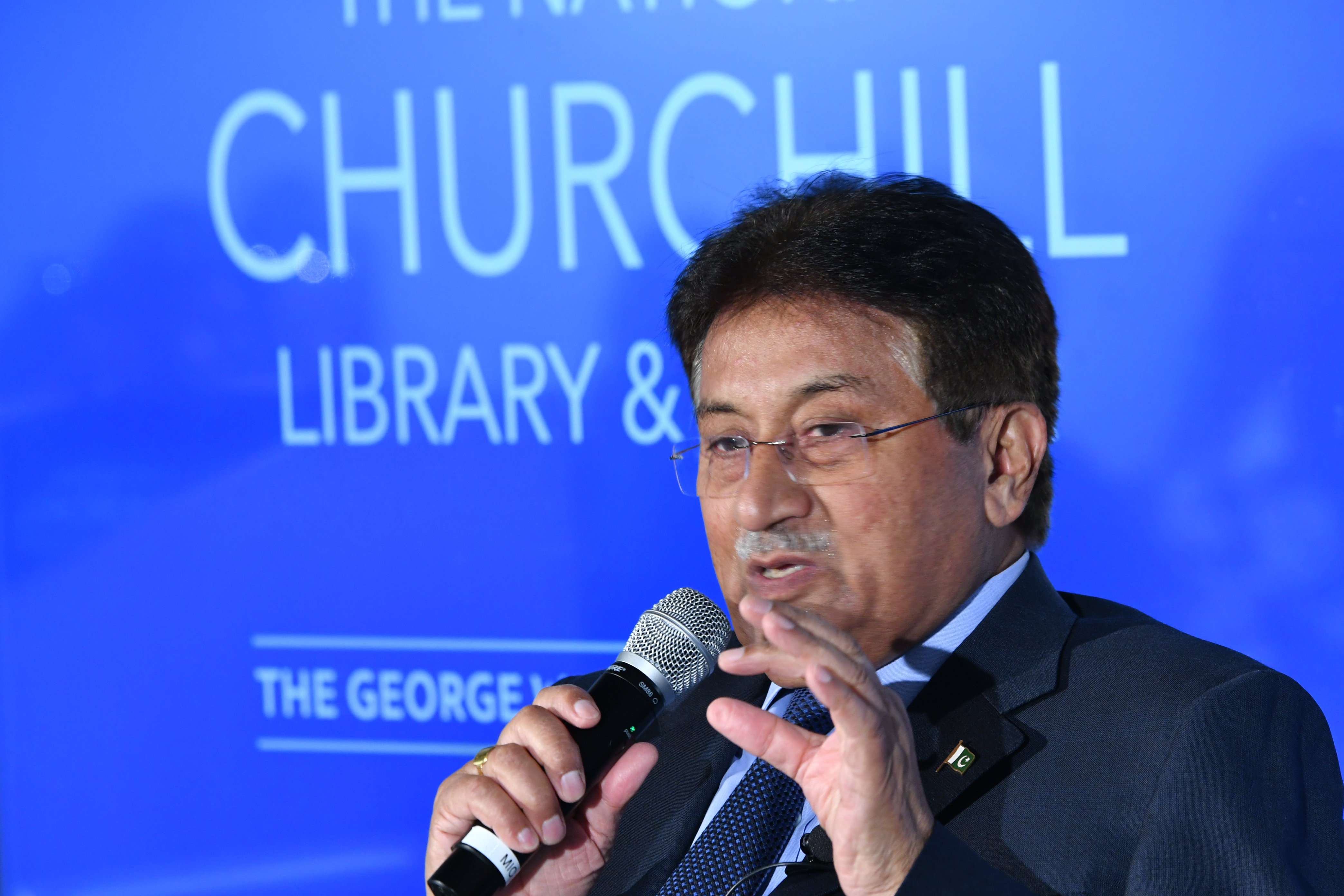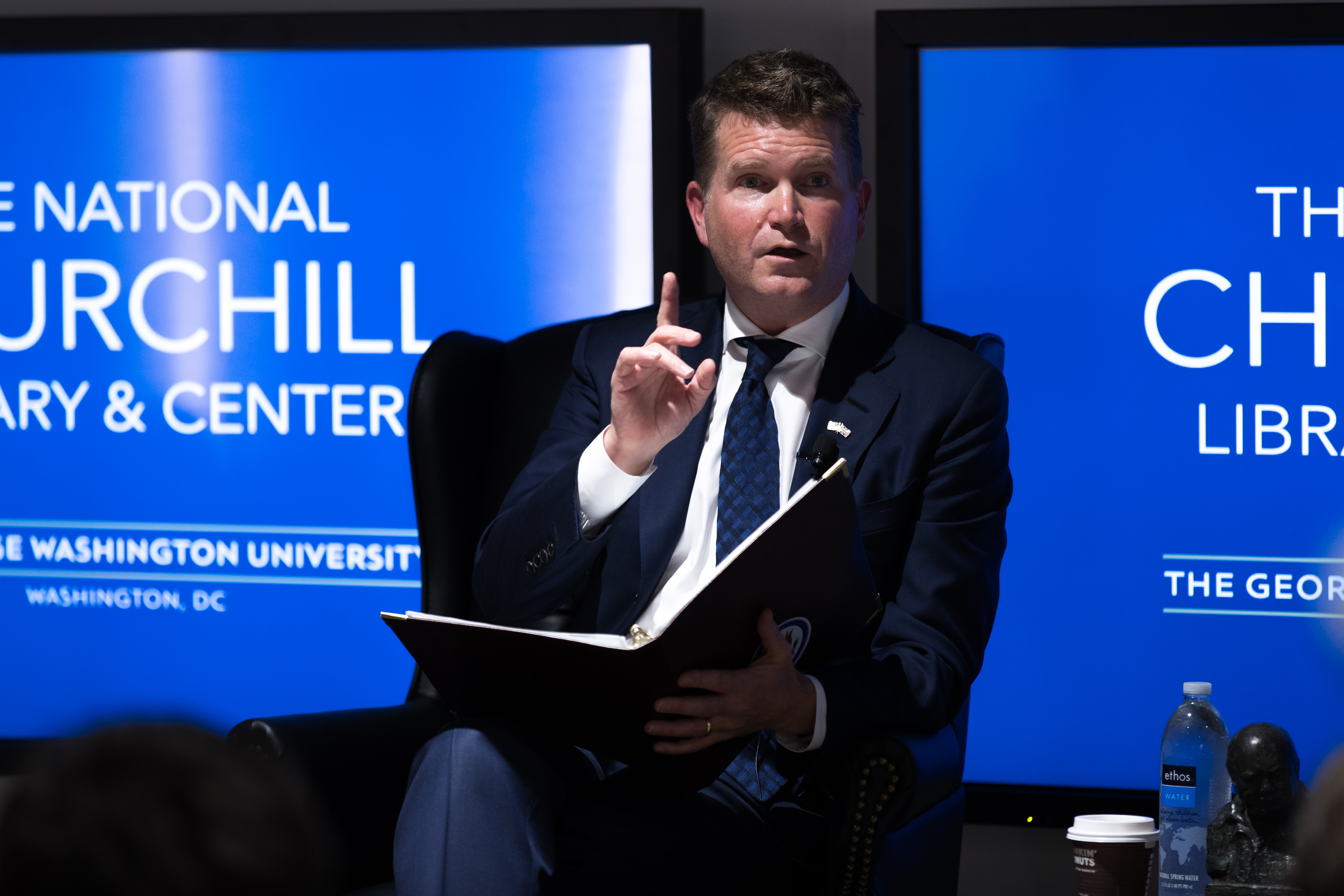By Ruth Steinhardt
The phrase “social networks” may feel unique to the digital age, a catch-all term for the web of relationships and information sources that make up our online lives. But according to historian Niall Ferguson, the Laurence A. Tisch Professor of History at Harvard University and a senior research fellow at Stanford University’s Hoover Institution, they are hardly a new institution. In fact, the social network has been driving historical force alongside and against traditional power structures for centuries.
Dr. Ferguson will visit the George Washington University’s National Churchill Library and Center Tuesday afternoon for a discussion of his new book, “The Square and the Tower: Networks, Hierarchies and the Struggle for Global Power.” George Washington Today caught up with him for a brief Q & A.
Q: Tell me a little about the book's title. What do the “square” and the “tower” represent?
A: The inspiration came from a visit long ago to the Italian town of Siena. Side by side you see the square—where social networks tend to meet, play and trade—and the tower, where the hierarchy of urban power was once located. The central theme of the book is the recurrent historical tension between social networks (squares) and hierarchies of power (towers).
Q: And those two types of communicative entities—networks and hierarchies—can interact and even transform into each other, right?
A: Yes. It’s actually a false dichotomy, as I quickly explain in the introduction of the book. Strictly speaking, there’s a continuum from distributed (decentralized) networks to hierarchical (centralized) networks. All human organizations are networks; it’s just that the structure varies, in that in a hierarchical network one or more nodes have much higher "centrality" than the rest.
Q: What interested you in networks and hierarchies at this moment in history?
A: The realization that one cannot understand the early 21st century without an understanding of the long-run interaction of networks and hierarchies. Part of my reason for moving from Harvard to Stanford was to understand this better by taking a closer look at Silicon Valley. I was a little bemused to find the people running the big tech companies largely indifferent to history. So part of my goal became, as Eric Schmidt put it, to give Silicon Valley a history lesson.
Q: There’s still a fascination with “secret networks”—take the anti-Semitic trope of a secret Jewish power structure, or the idea that certain celebrities are members of the Illuminati. How powerful were these networks in reality?
A: I open the book with the Illuminati and devote a whole chapter to the German-Jewish financial elite. In each case, conspiracy theorists have had a field day. In each case, the networks in question existed, but rigorous historical scholarship shows that they were much less powerful than was claimed.
Q: Given information overload and the proliferation of “fake news,” are networks like Twitter and Facebook trying to centralize and legitimize the information they communicate? Is it working?
A: The Internet wasn’t supposed to be like this—ask Tim Berners-Lee. Not many people foresaw the way five companies—Facebook, Apple, Amazon, Netflix and Google—would end up dominating such a large extent of the modern public sphere. It’s certainly working for them in financial terms. But I don’t think it’s working for our democracy.





